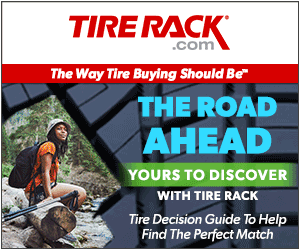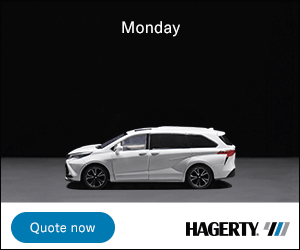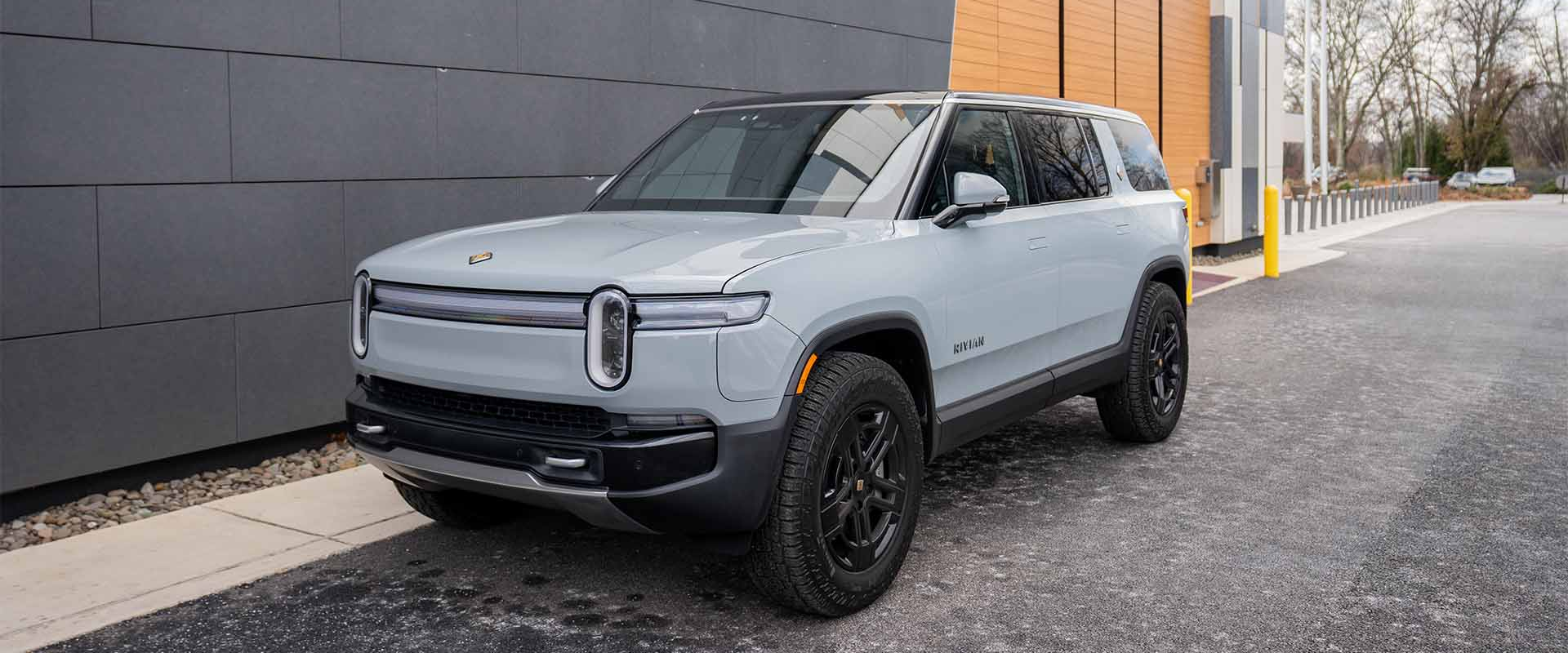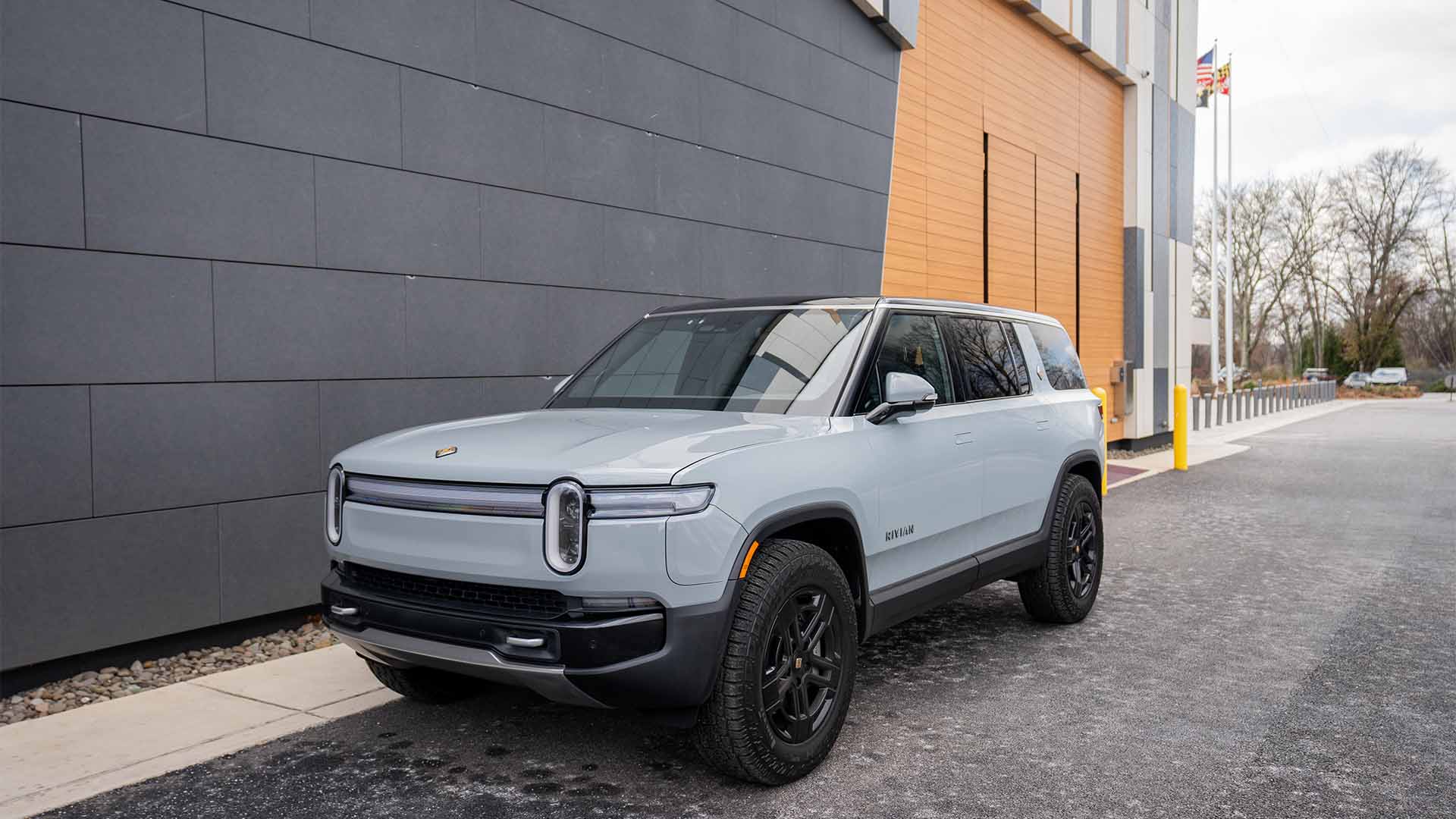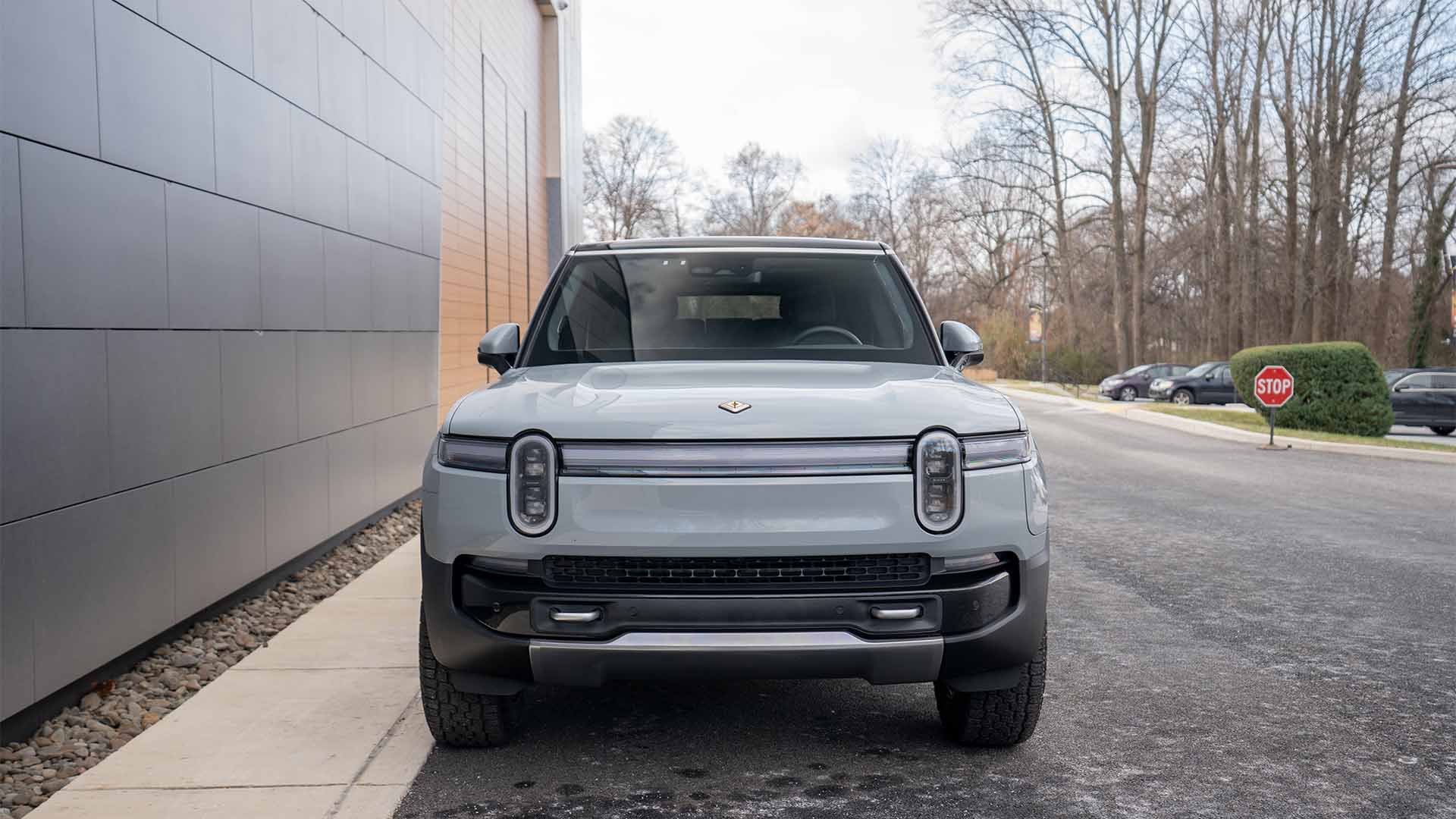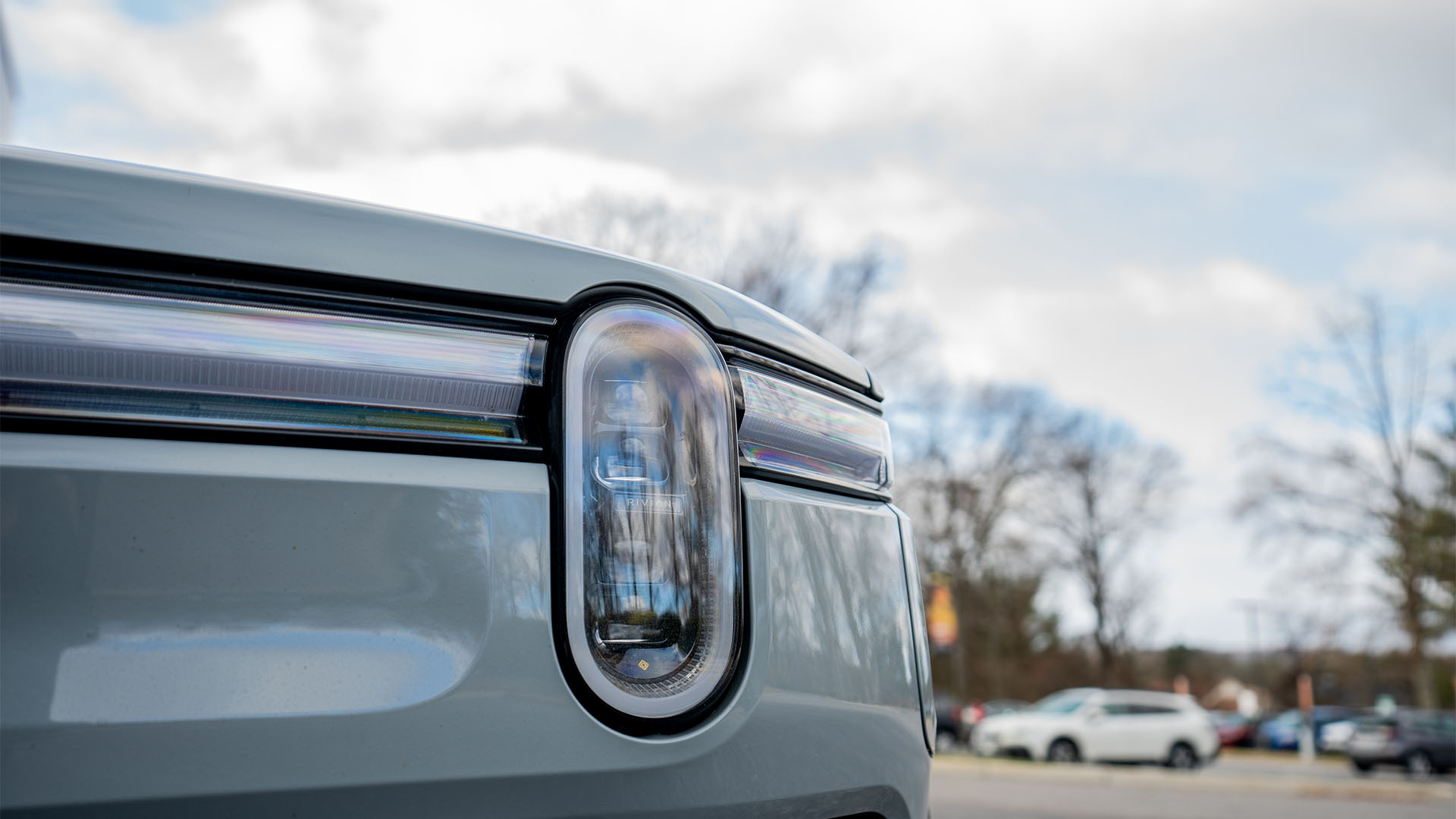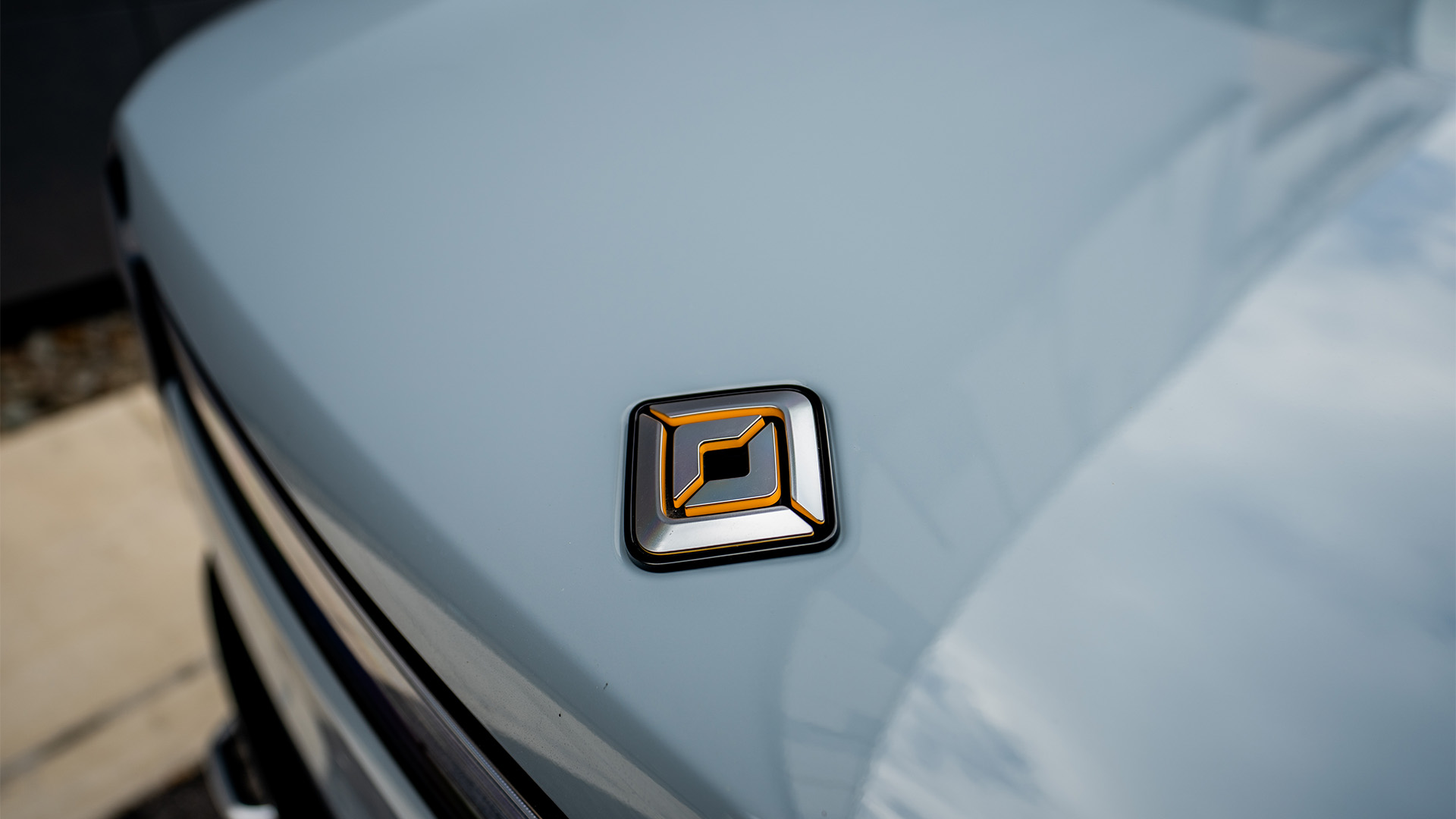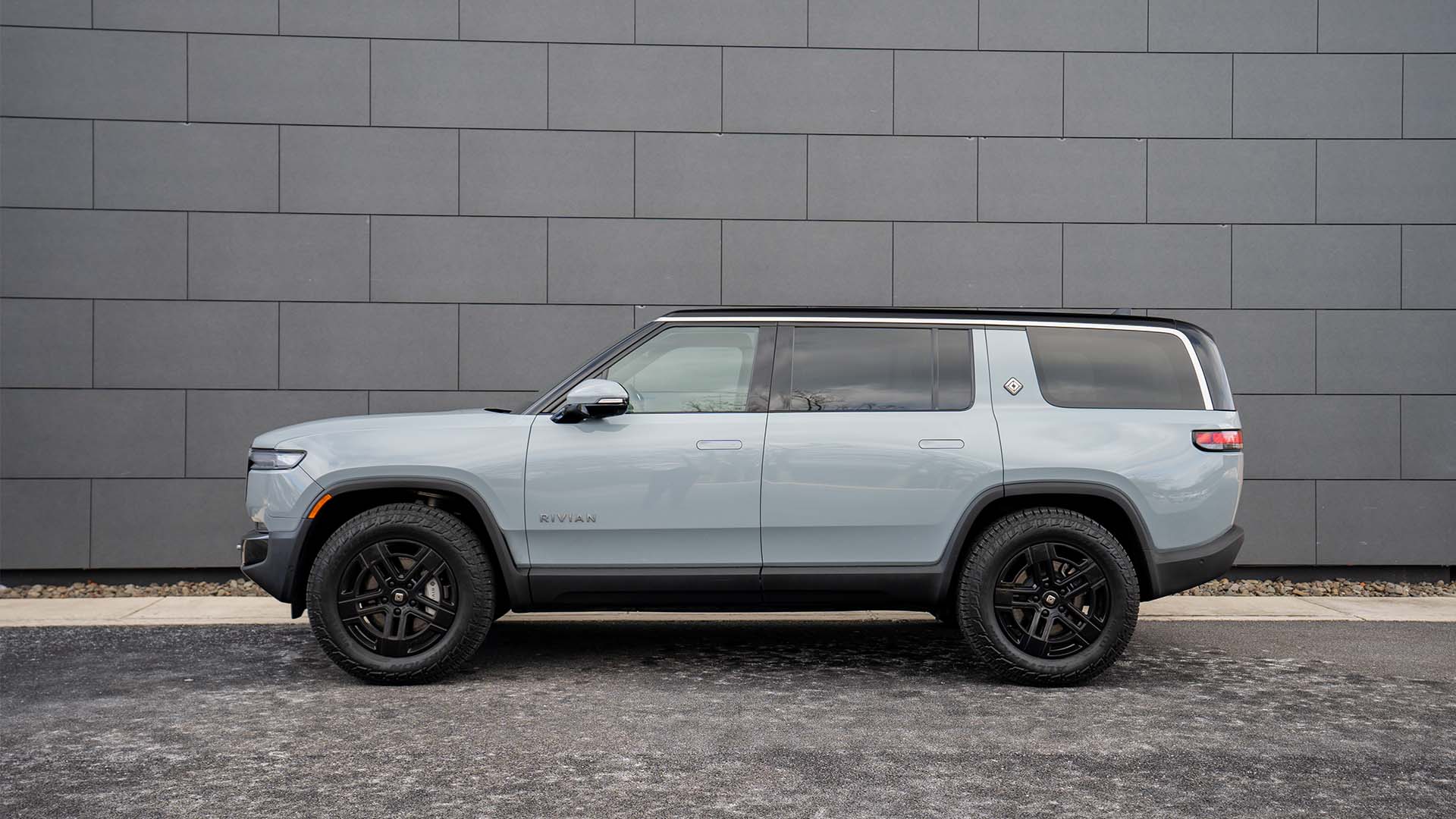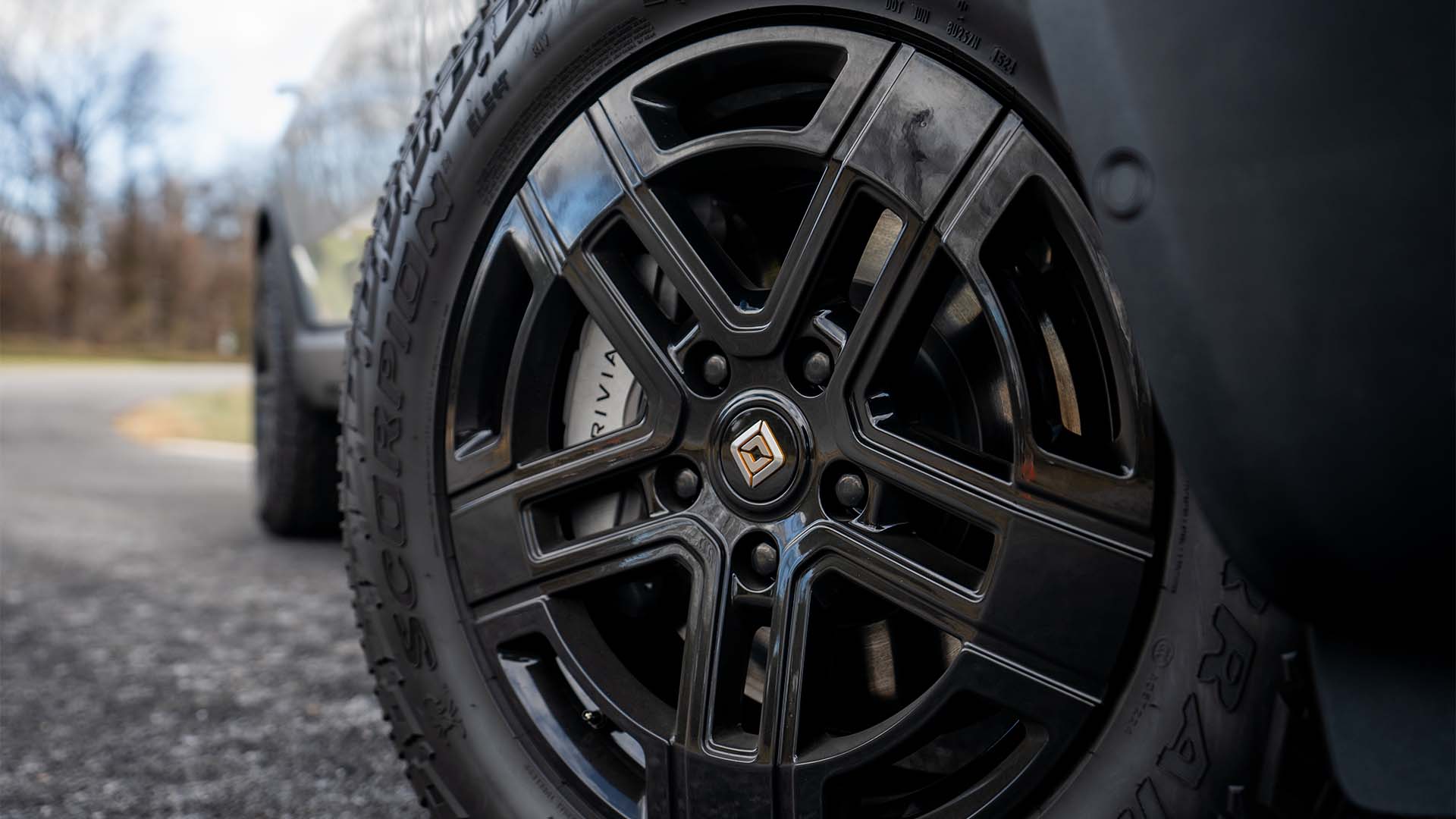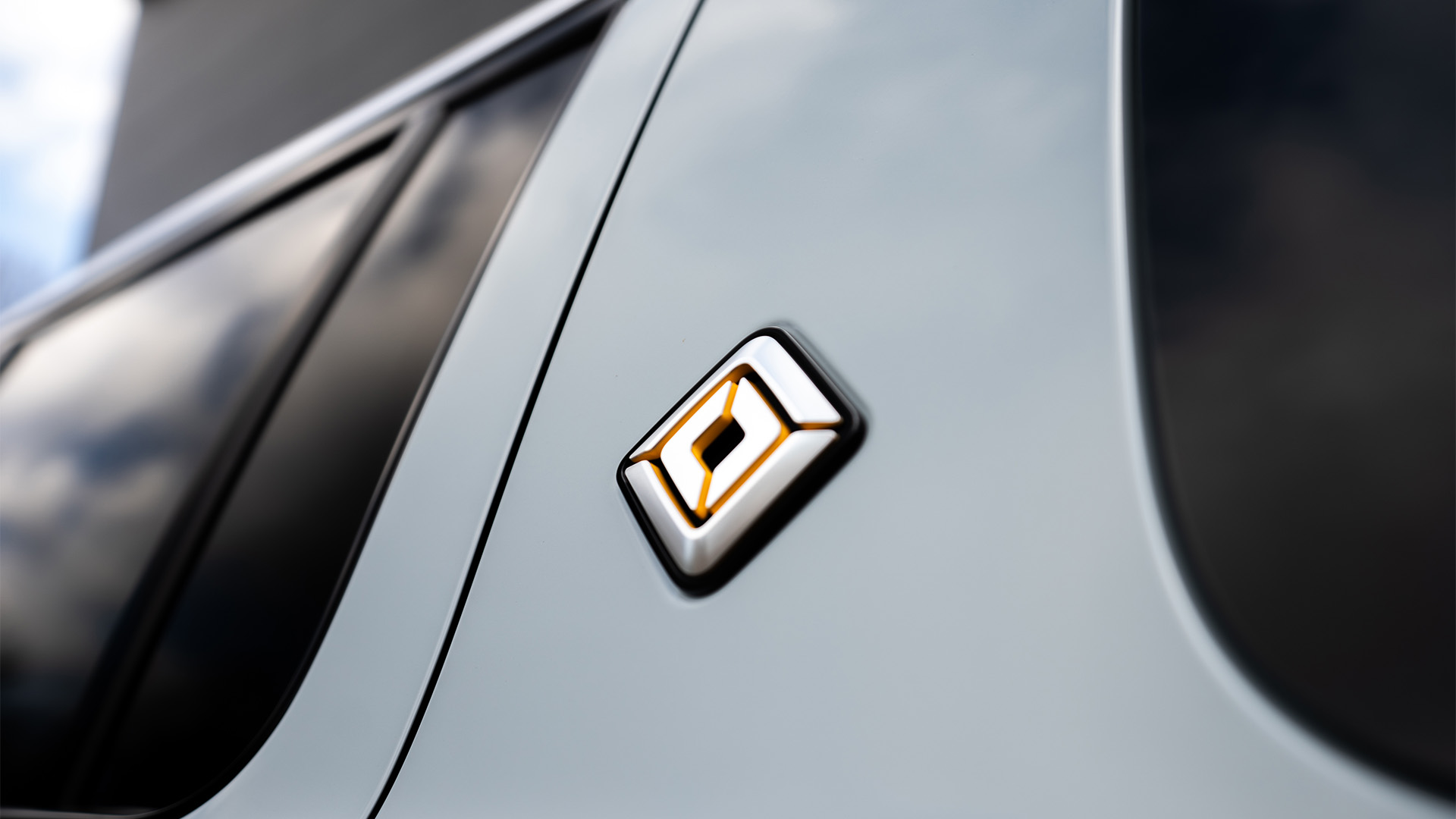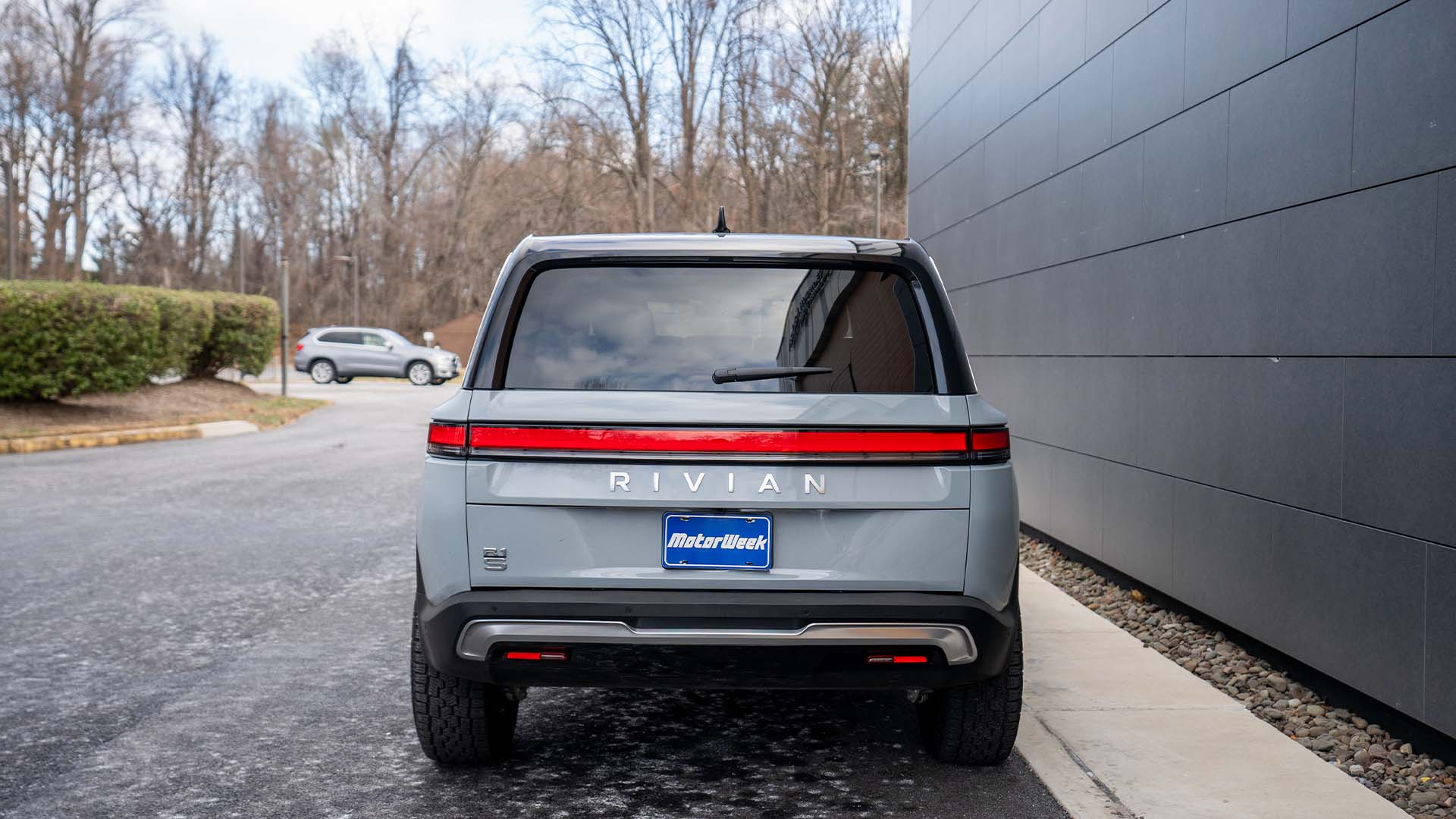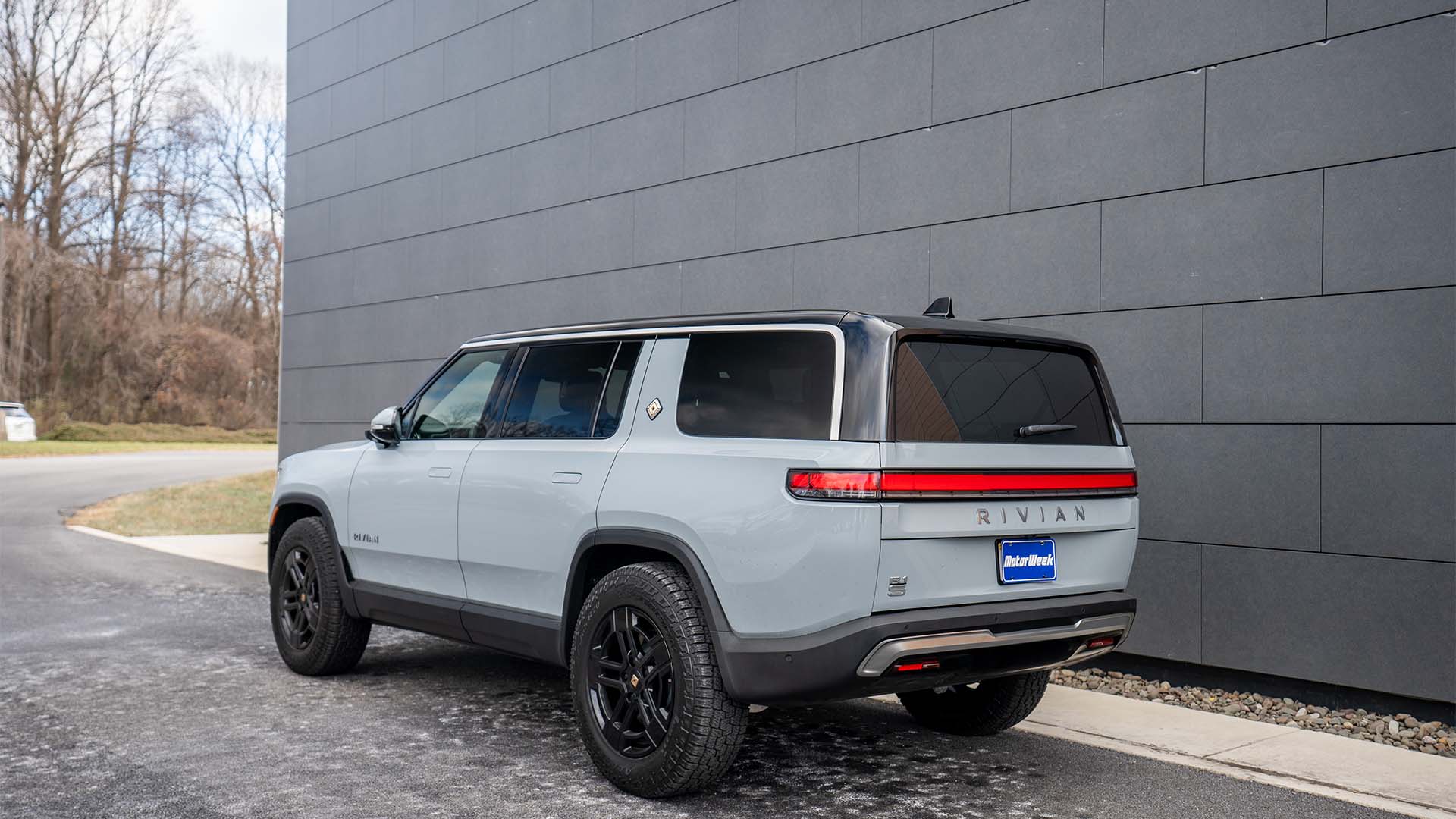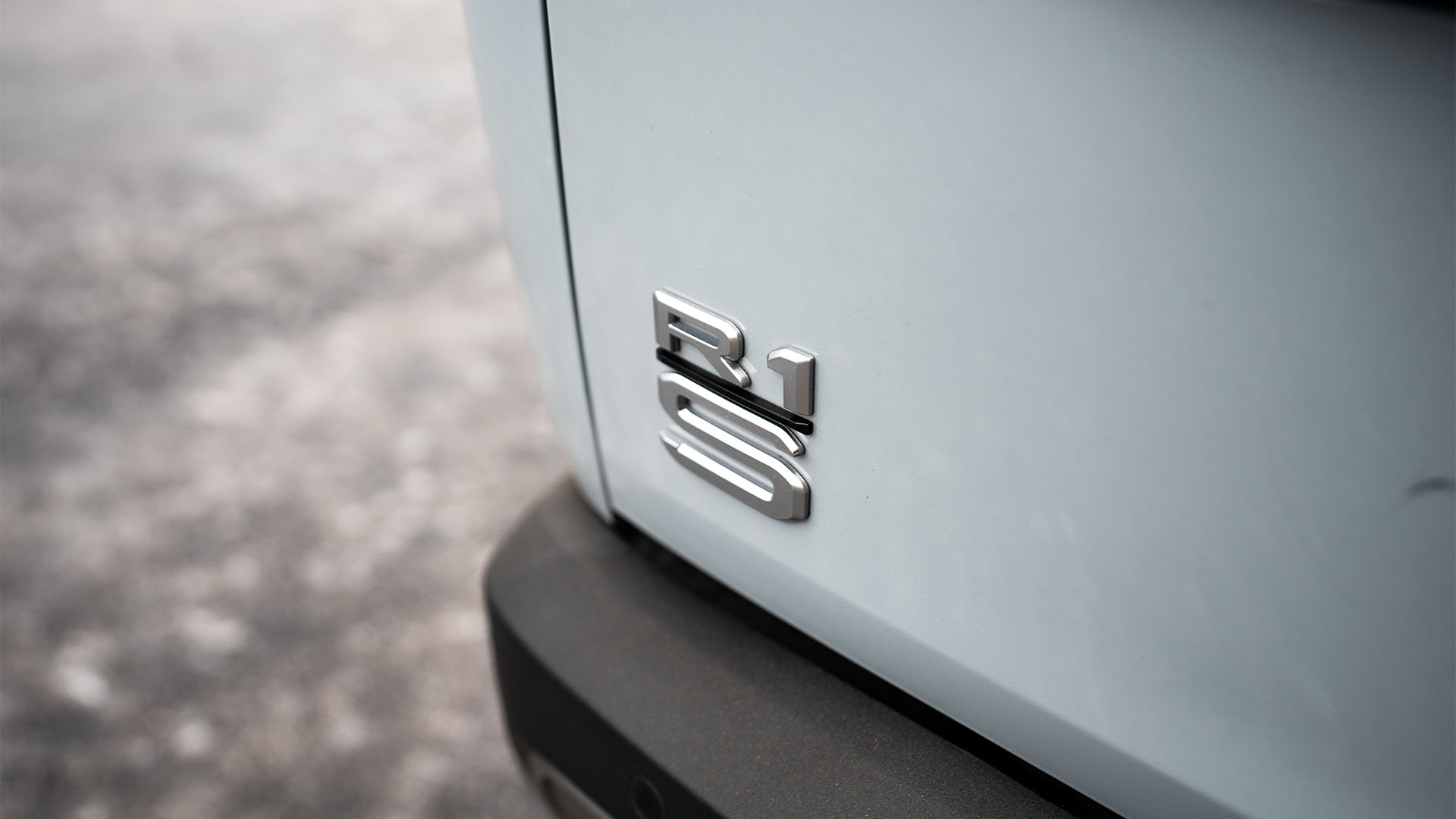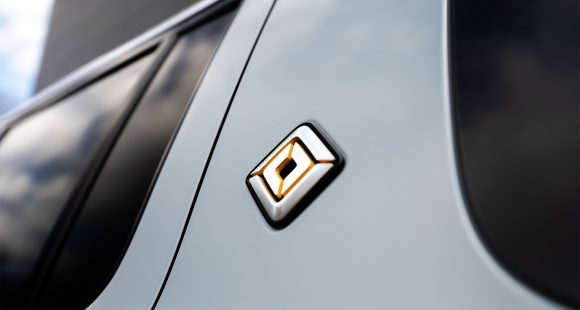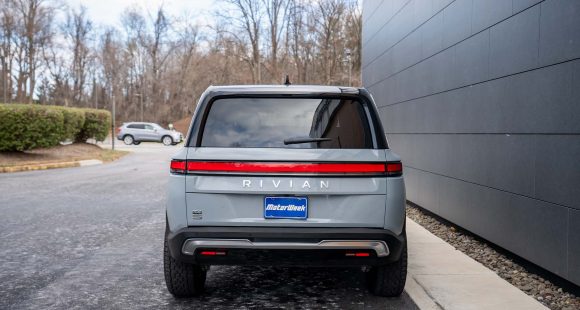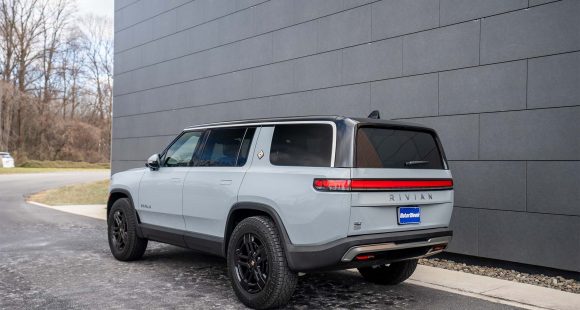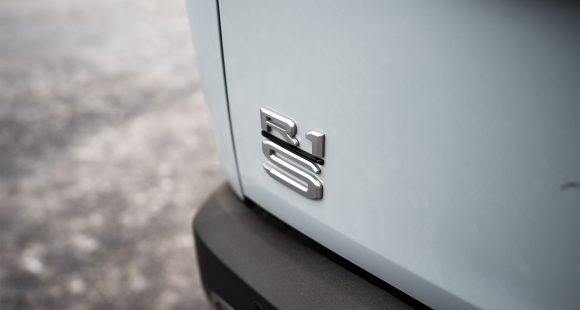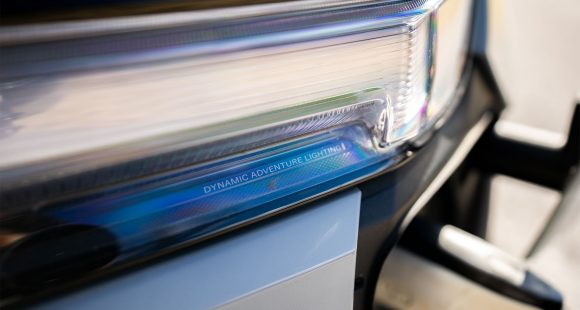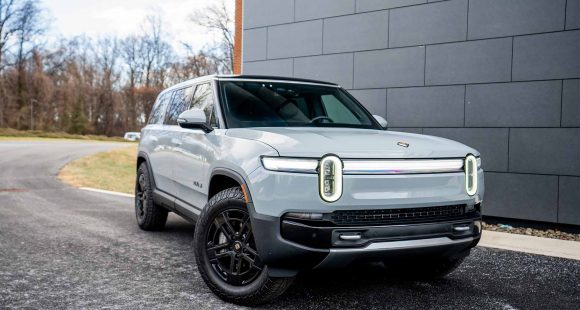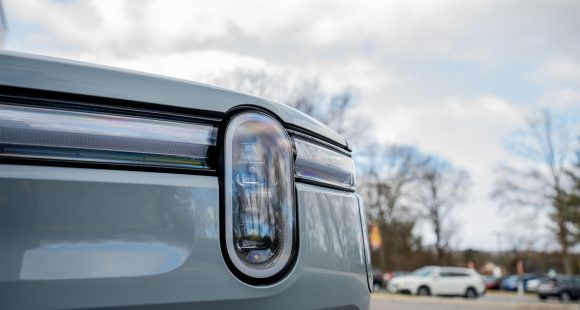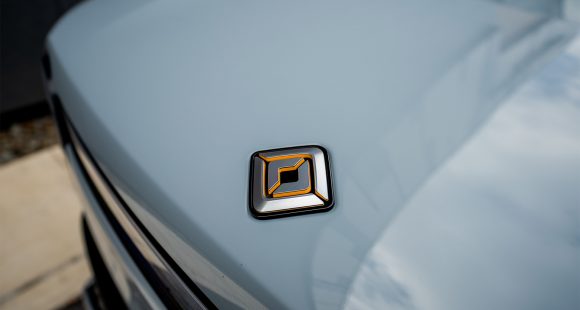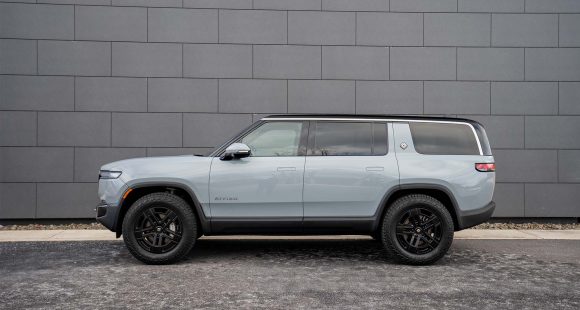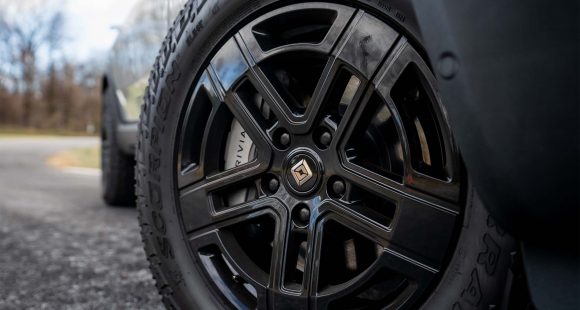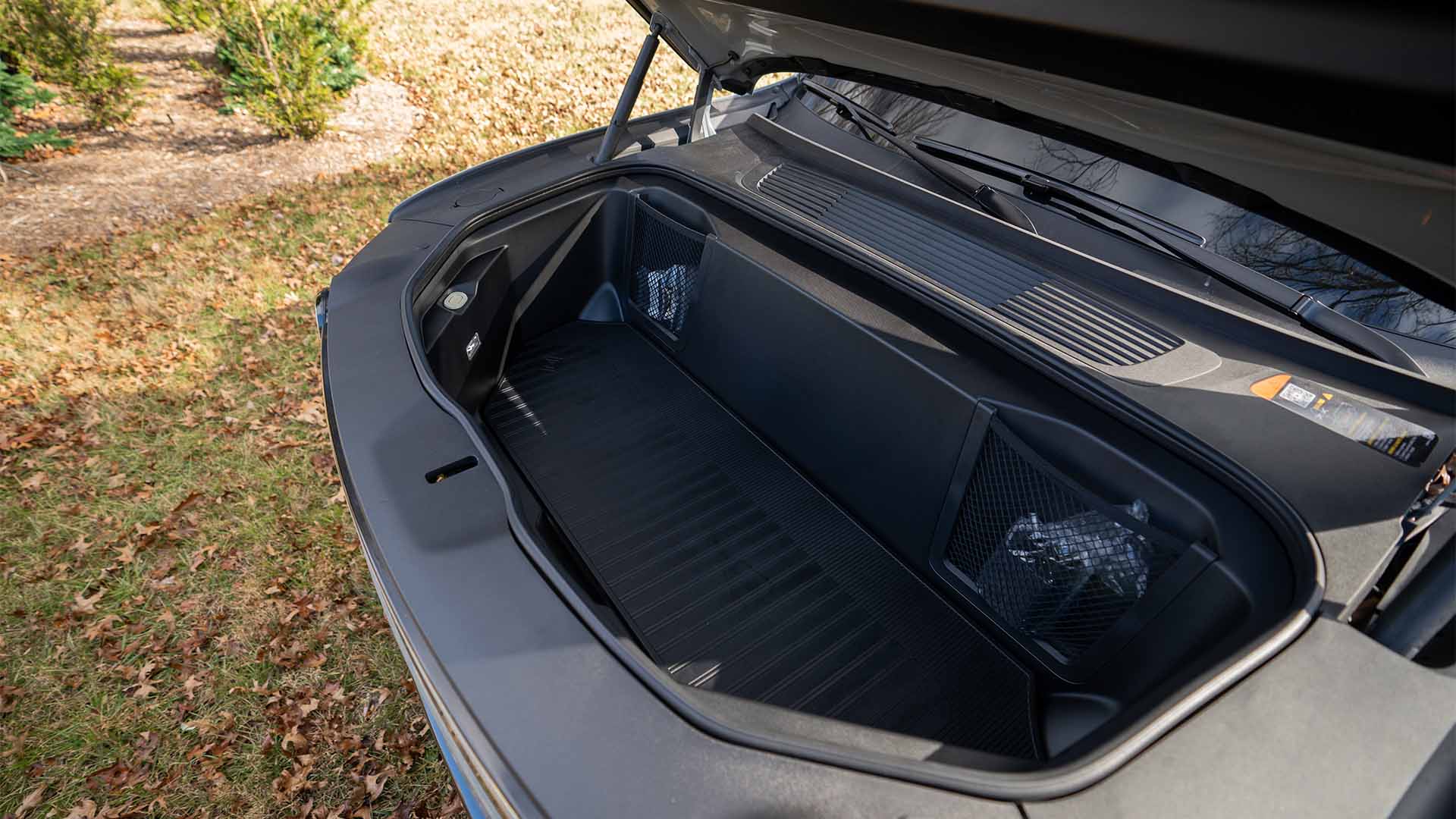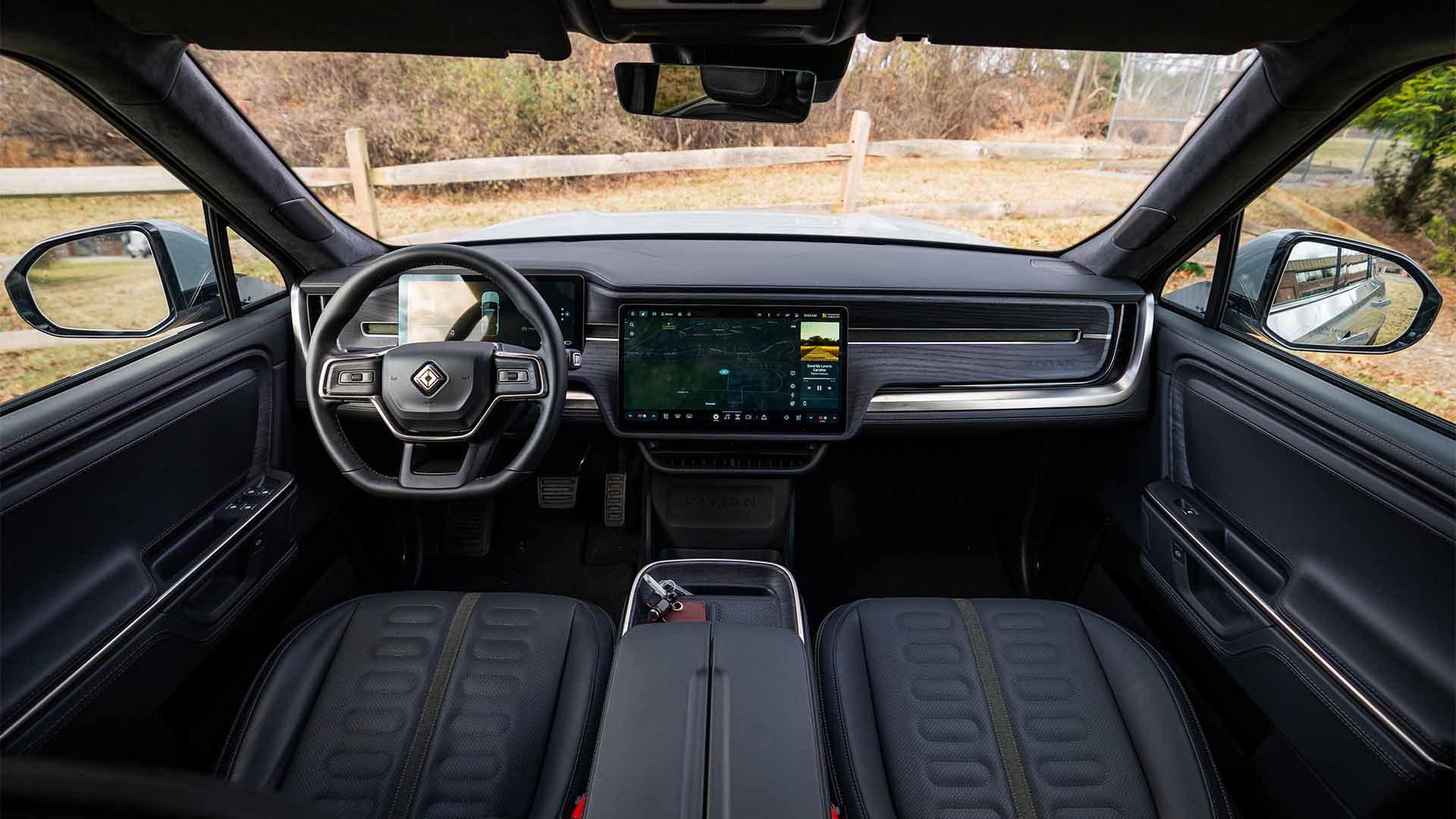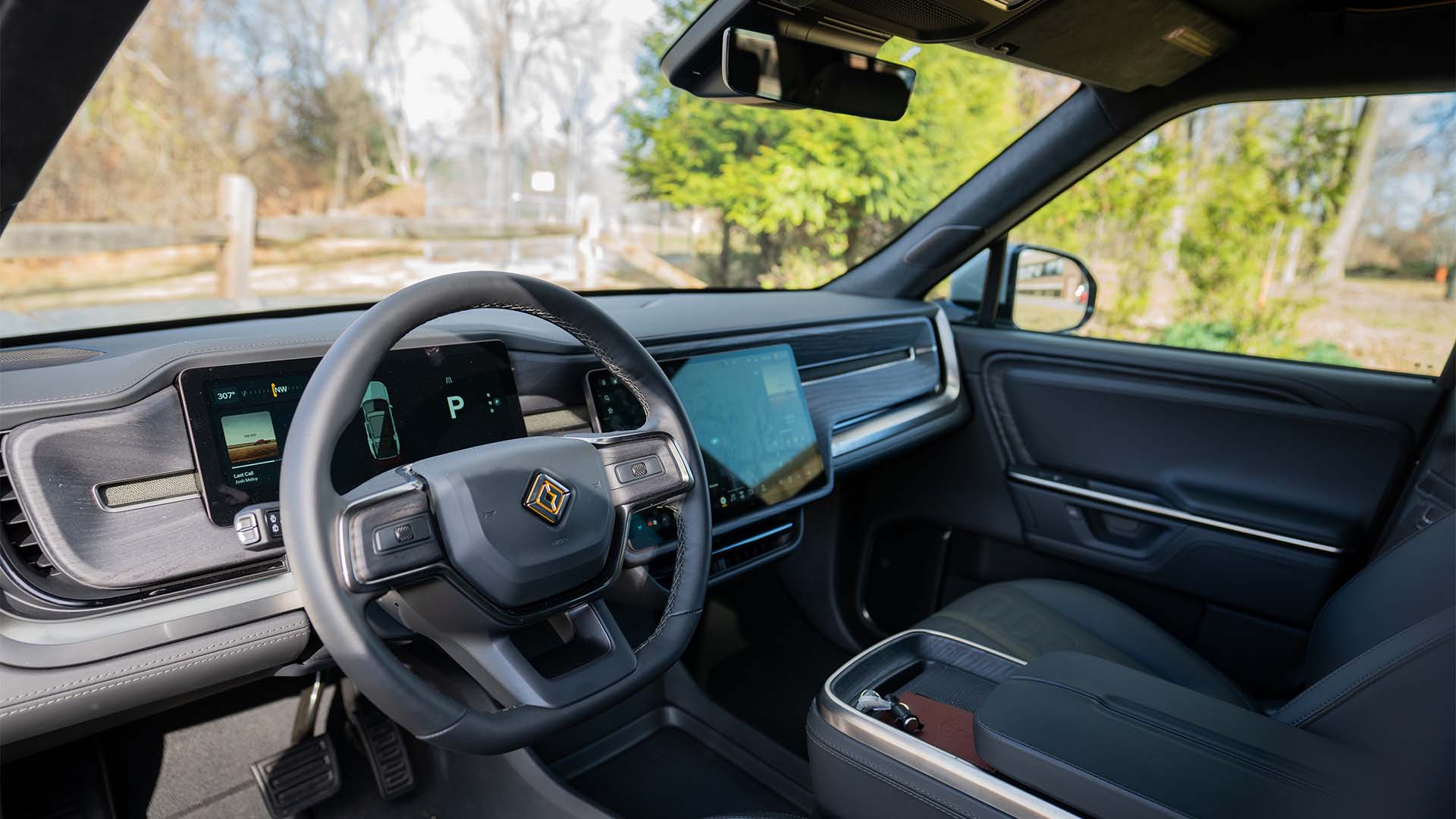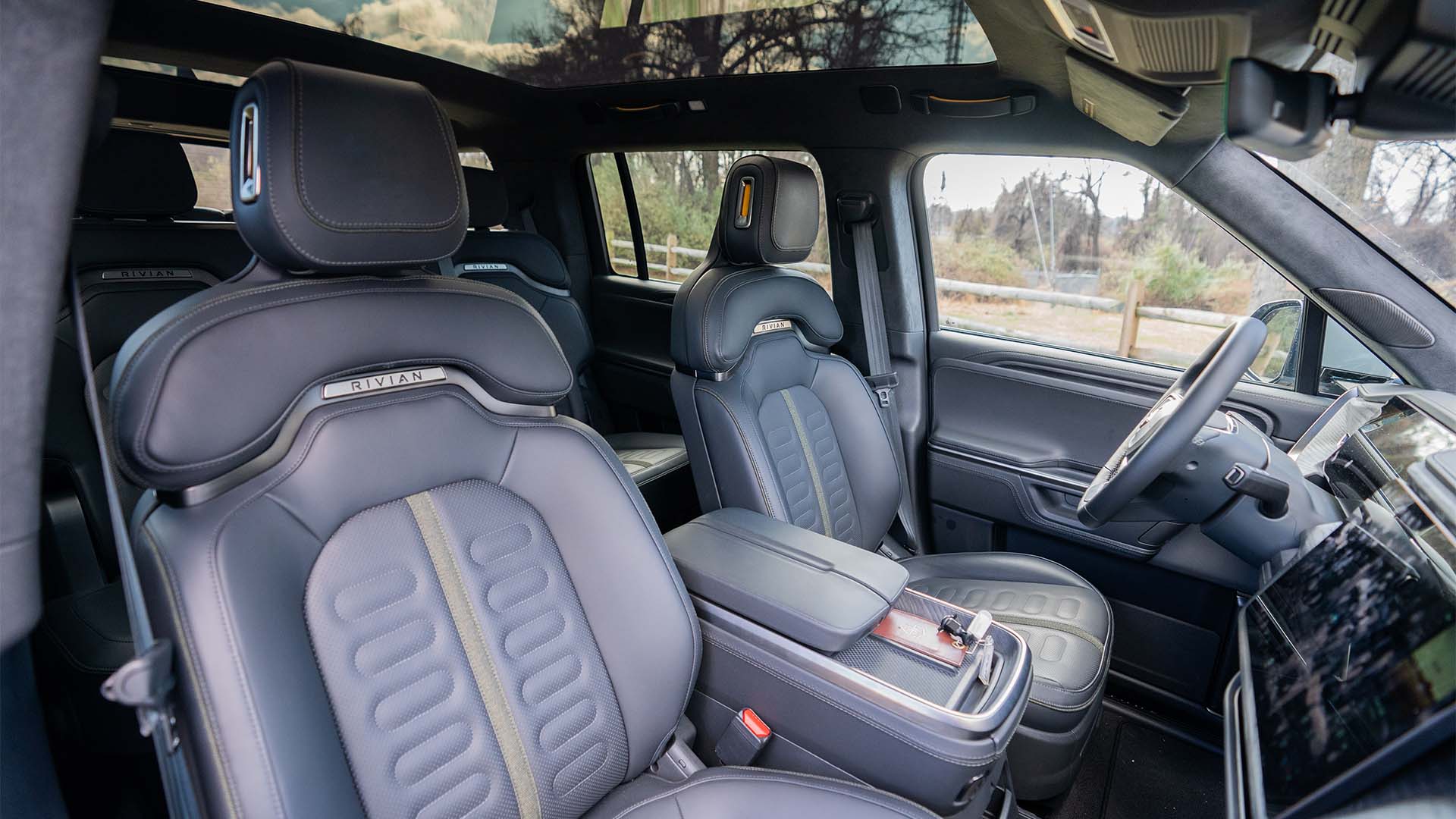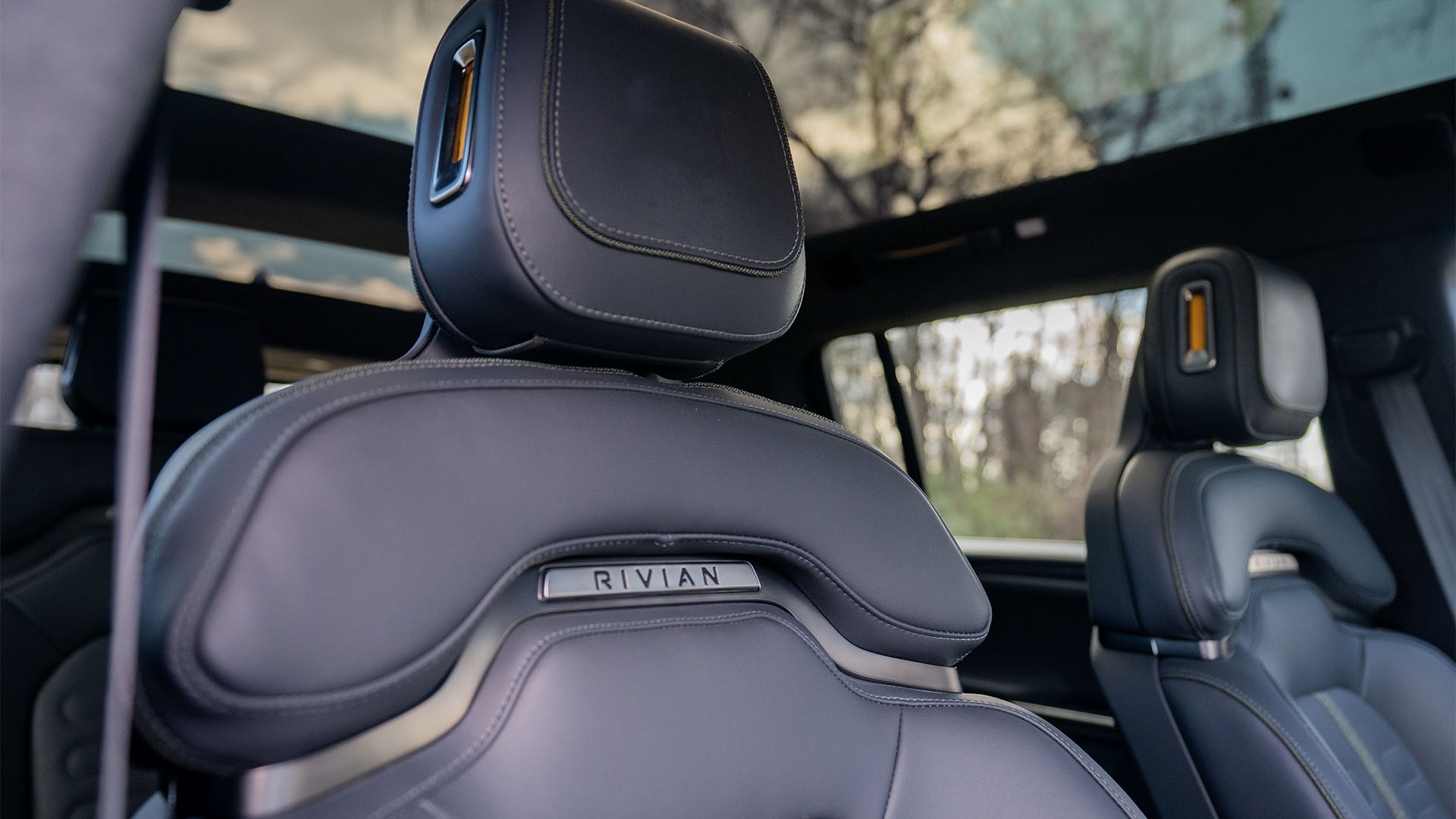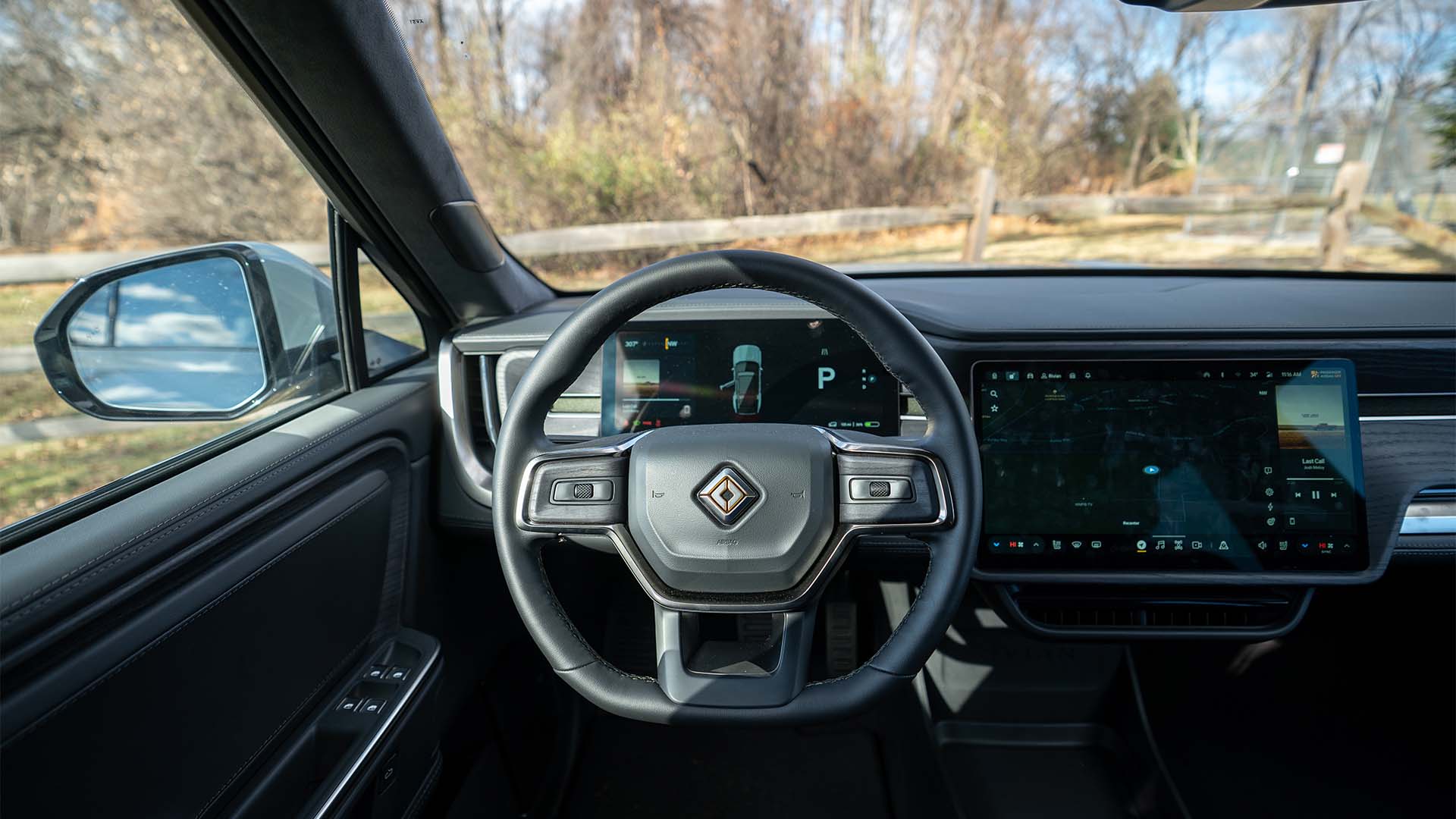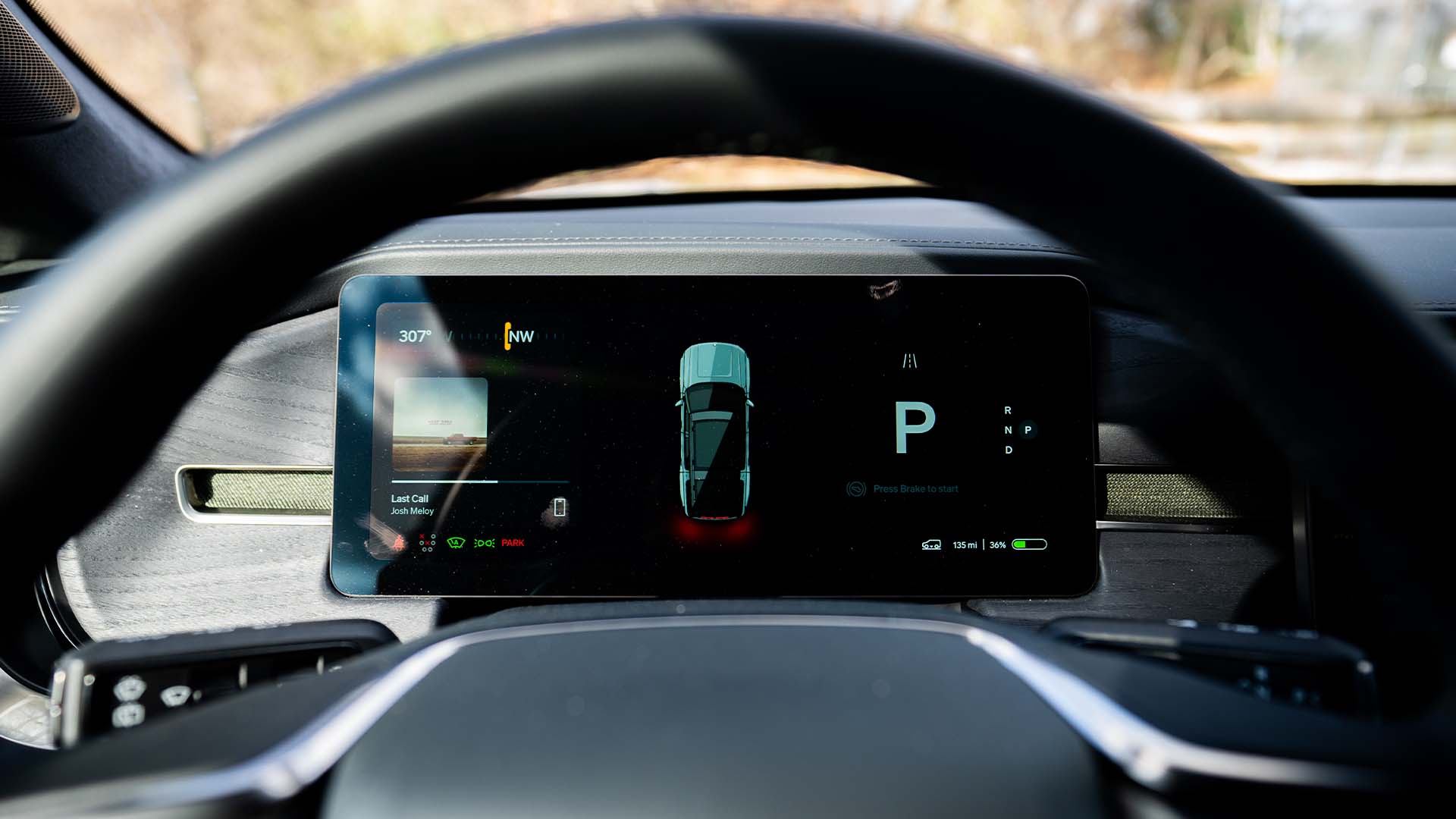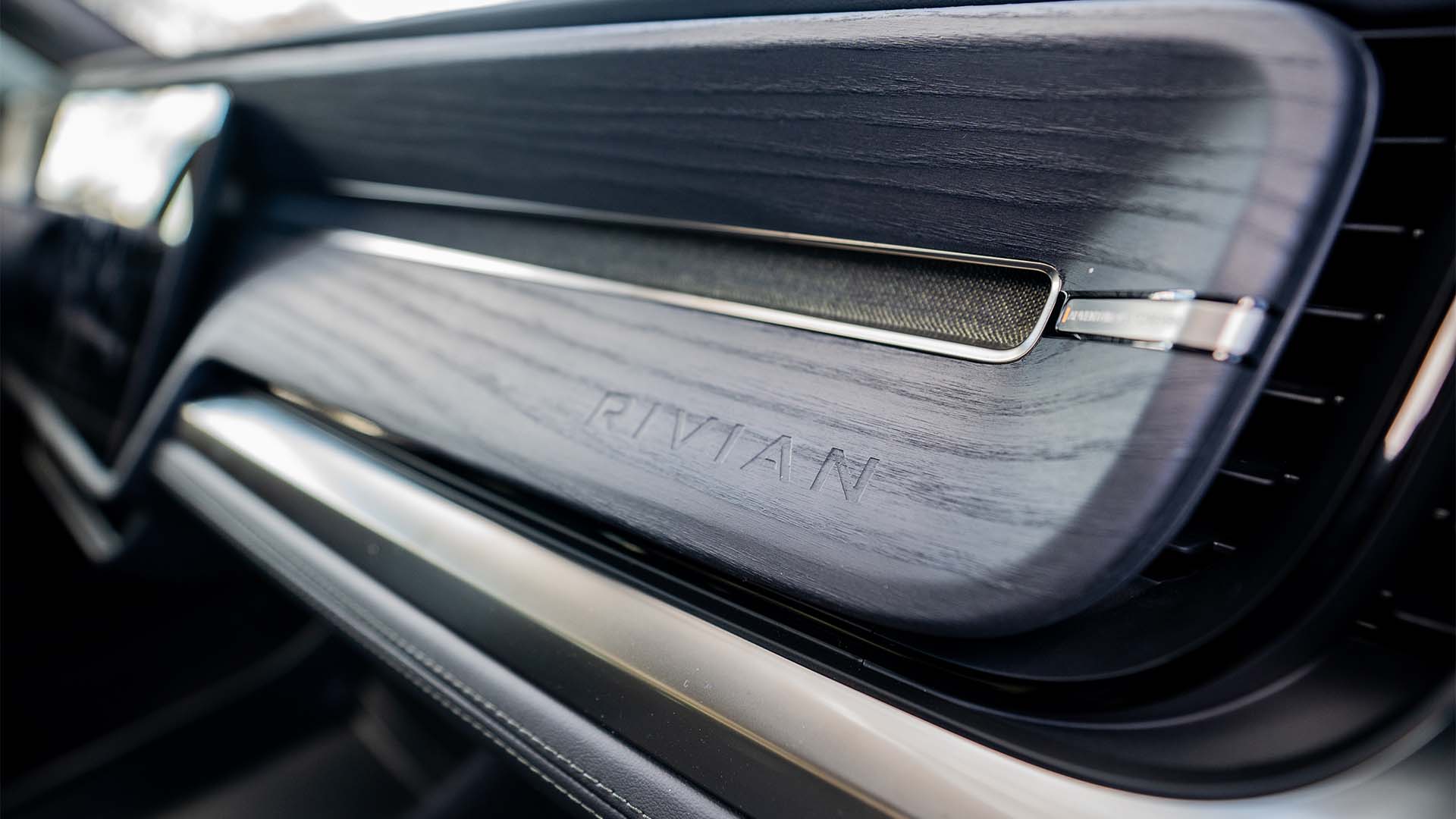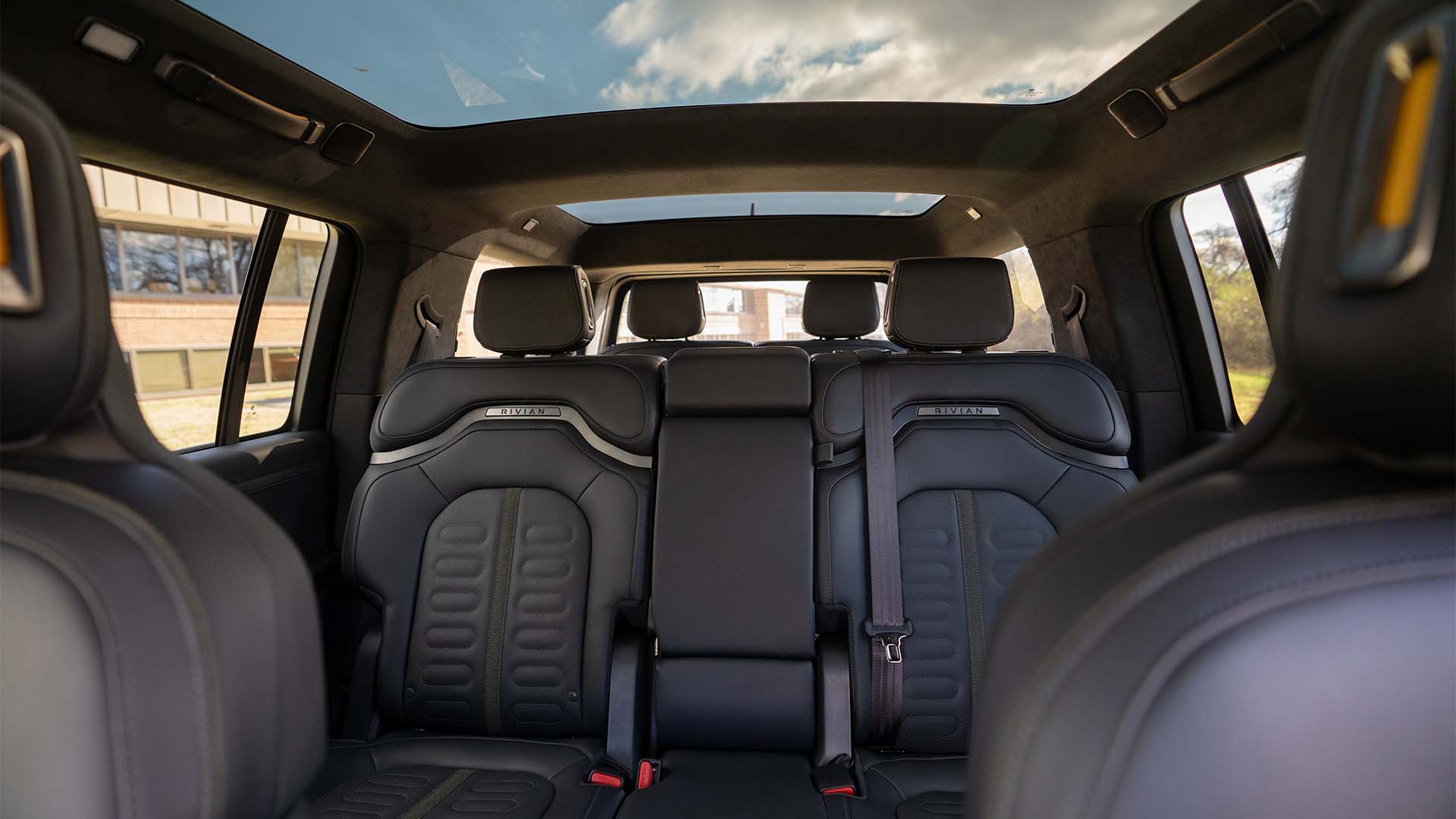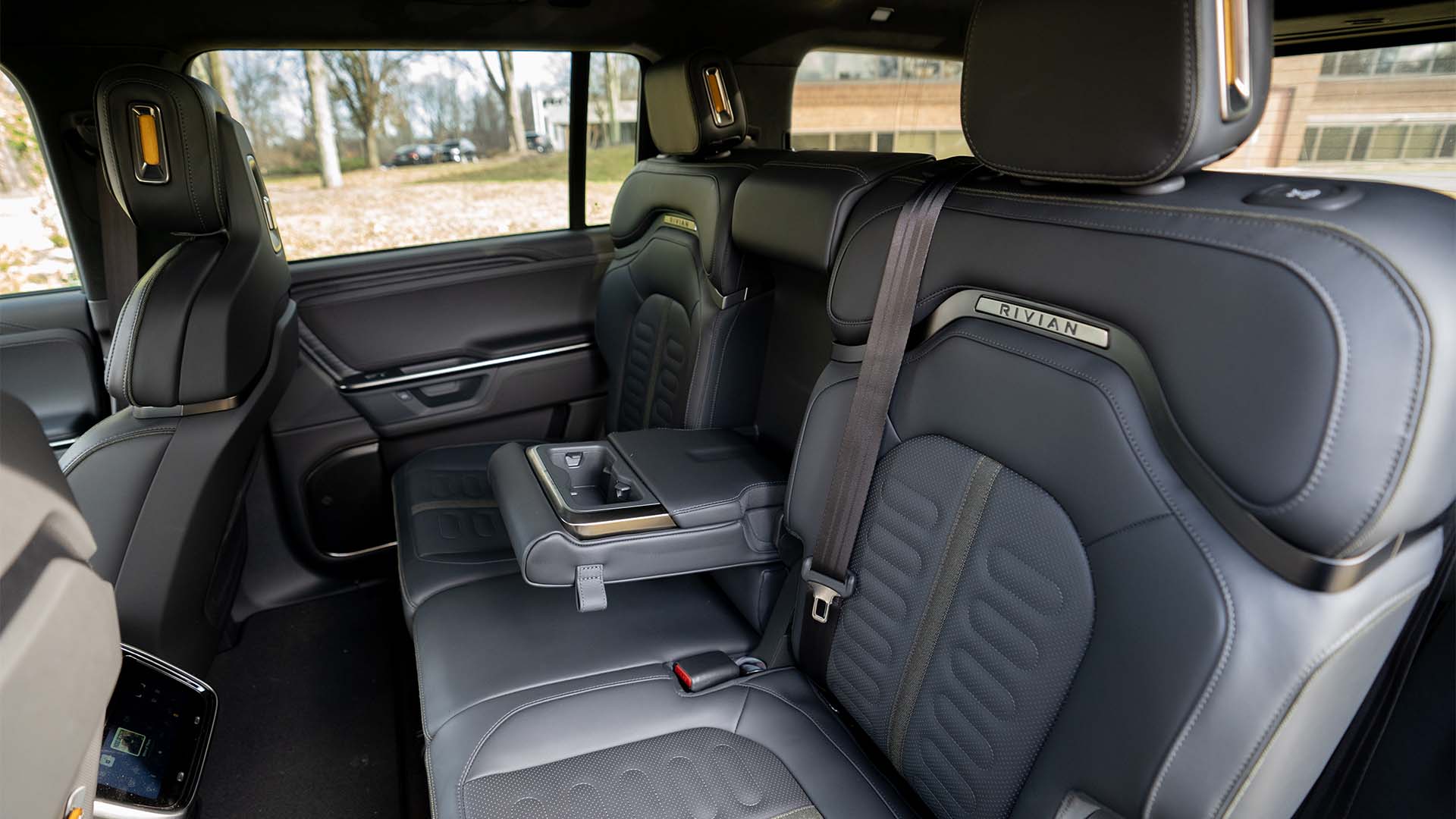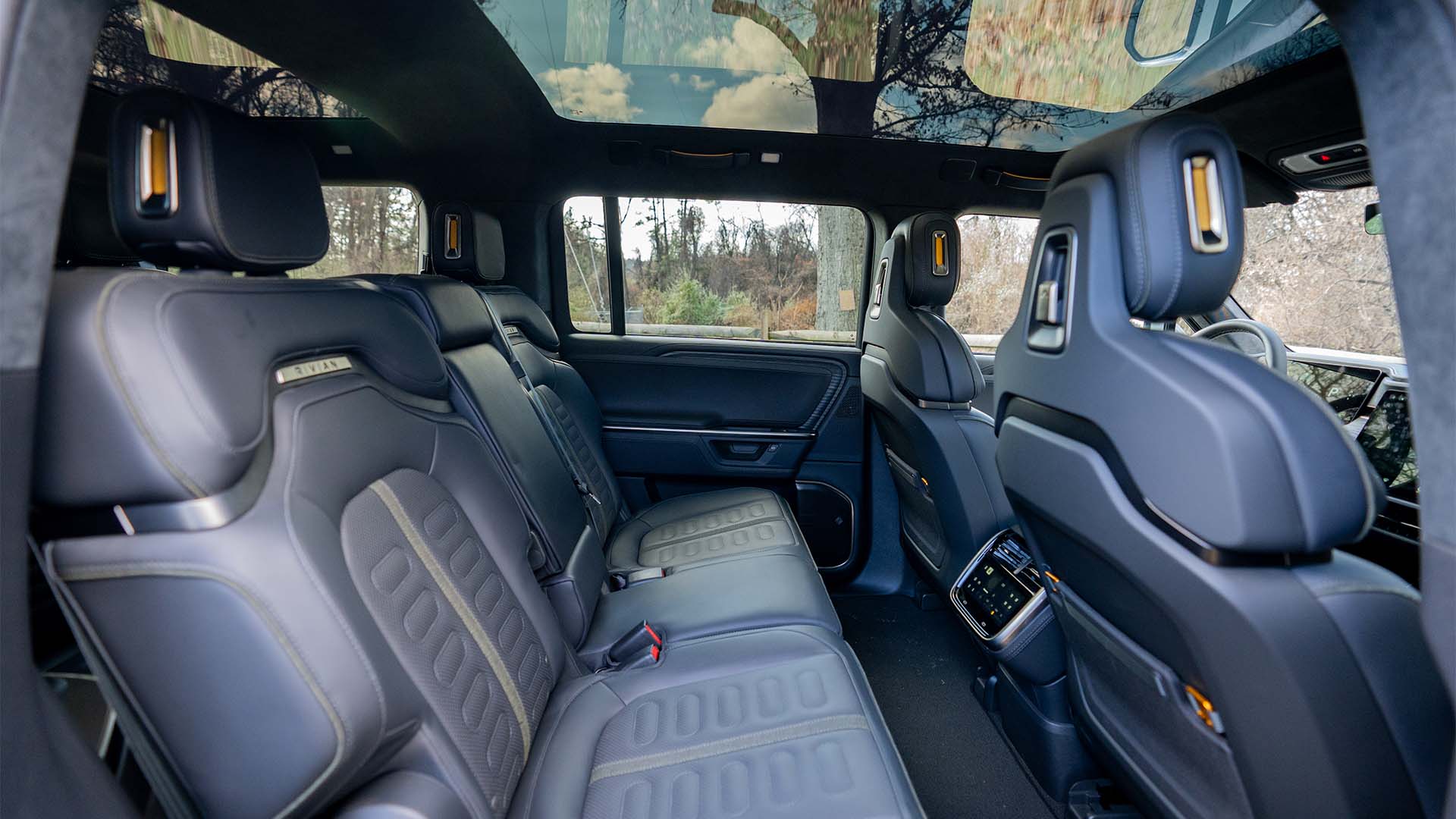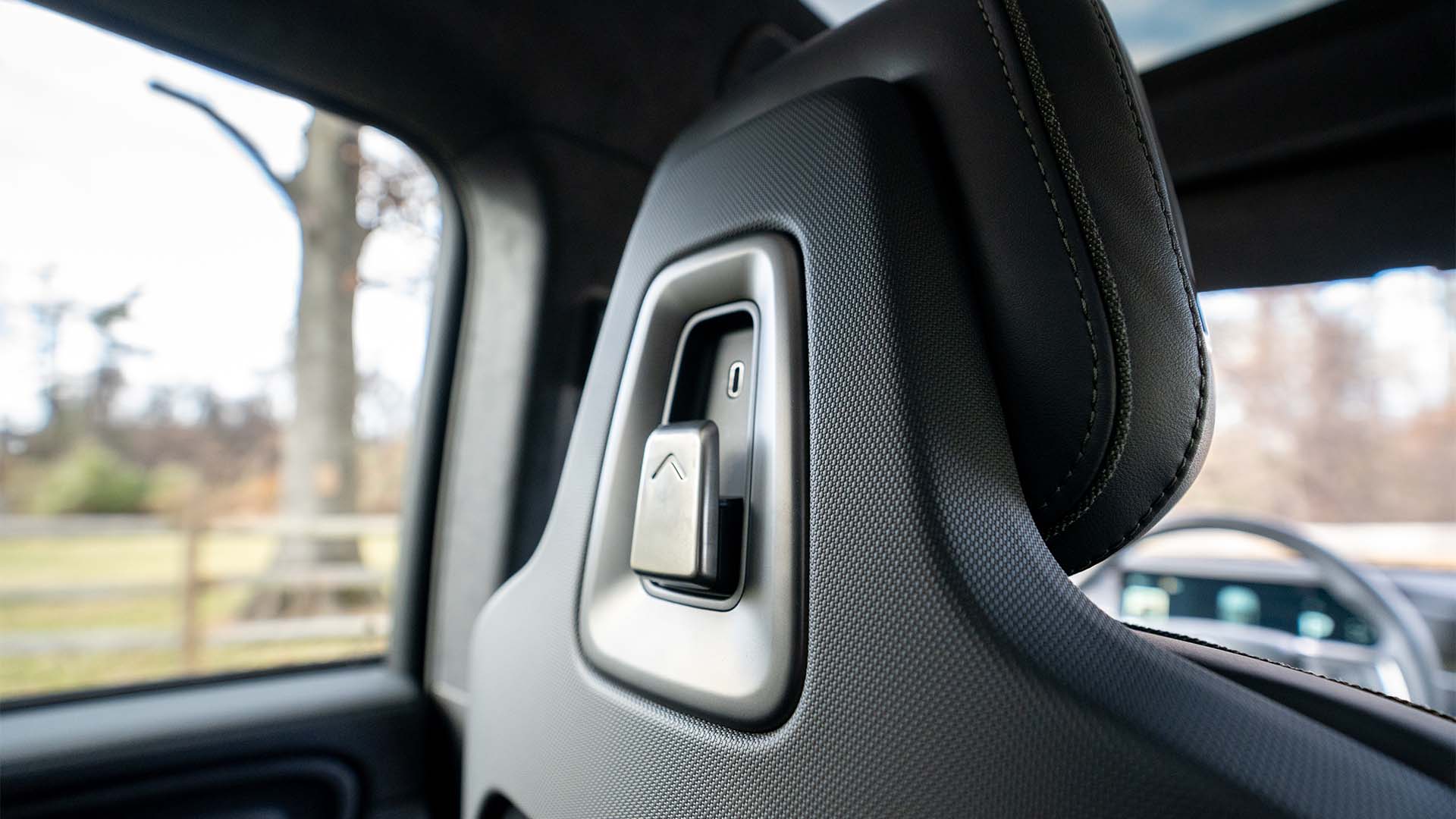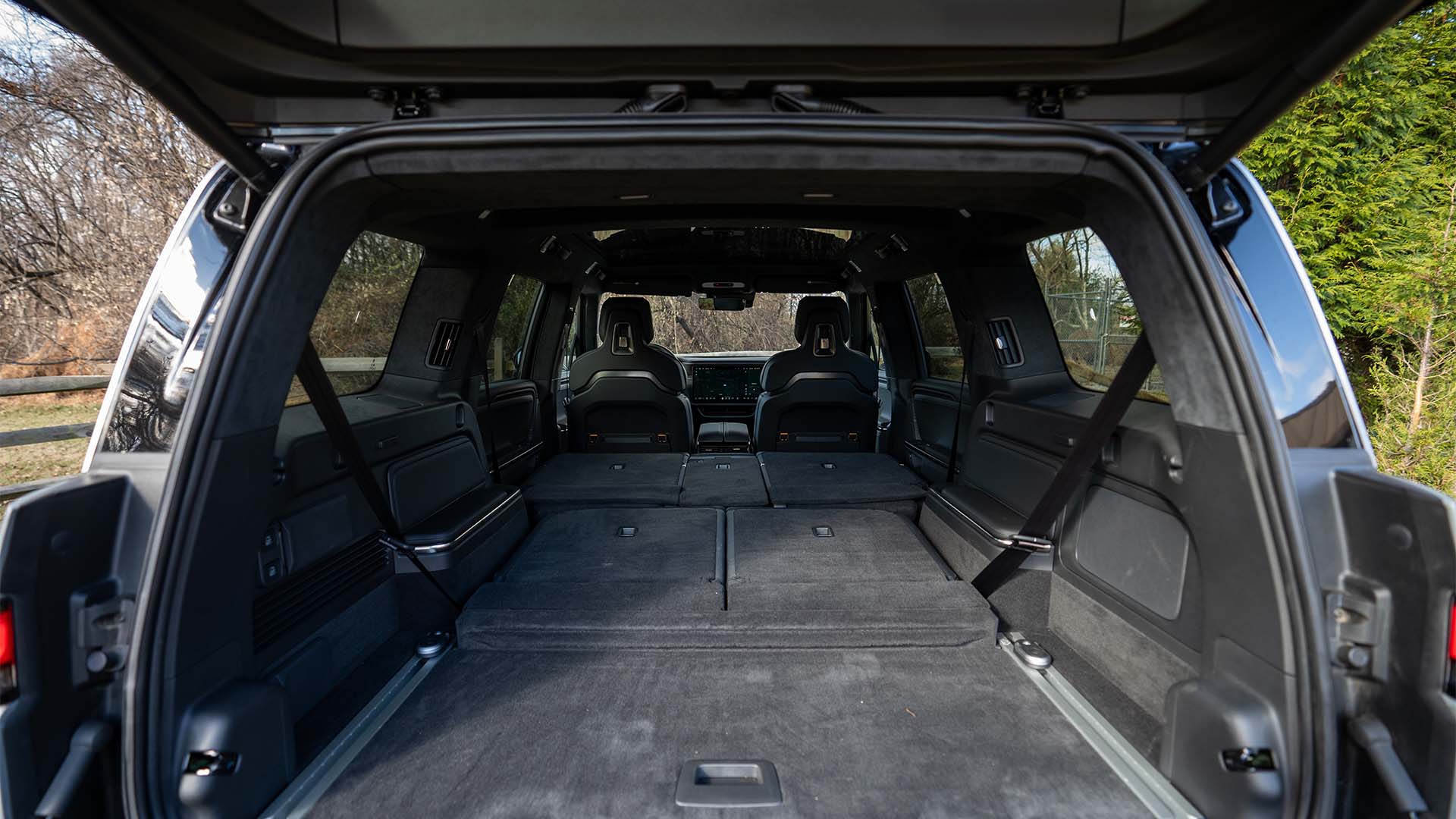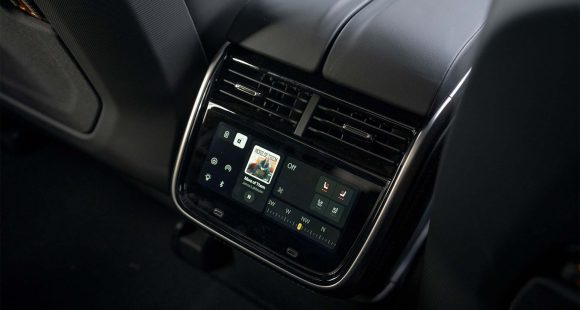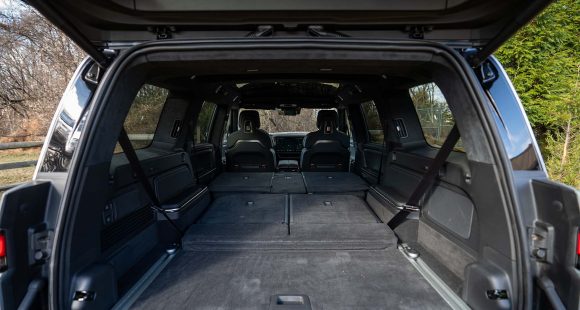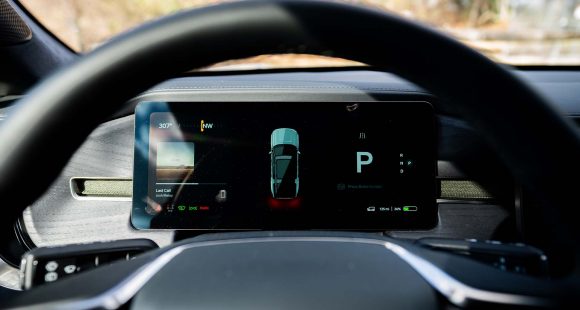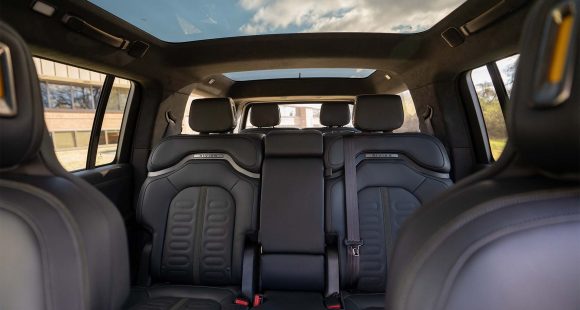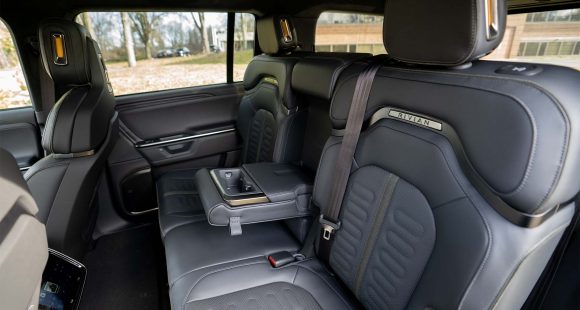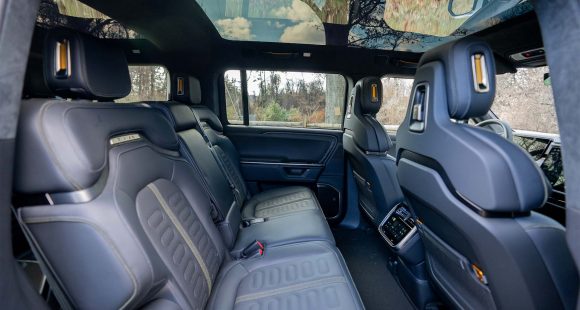2015 Jeep Renegade
While we as automotive enthusiasts tend to be wary of returning nameplates, as they rarely live up to the cars that originally used them, it can be done with success, as jeep proved with the new cherokee. Well, with that success in hand, jeep is now focused on the rapidly growing small crossover segment, and has placed the venerable Renegade name on an new model, with a new DNA.
Renegade is defined as “one who deserts or betrays an organization.” So it’s a fitting nameplate for the 2015 Jeep Renegade, as it enters into a new segment for brand, and is clearly unlike any other jeep in the stable… …or is it?
Jeep fans know that renegade not as a model name, but rather a trim package found mostly on cjs and wranglers.
And while early photos, with its borderline-cartoonish appearance, made it hard to take seriously, in person, the subcompact renegade sports much better proportions while still saying classic jeep up front. But, less so in the rear ¾ view with the upwardly arched quarter windows. But, the x-motif in the taillights and elsewhere, playing off a ww II-style fuel can, is pretty cool.
As for its new DNA, the renegade is on fiat’s small-wide 4x4 platform that it shares with the 500l and upcoming 500x. Built in Italy, FCA hopes renegade will make jeep as popular in global markets as it is here.
 One feature we haven’t seen on other new smallish-utes is removable roof panels. Renegade’s basic mysky system has two separate pieces that, when taken off, deliver some of that open air experience jeeps are known for. Mysky with a power sliding front panel is also available.
One feature we haven’t seen on other new smallish-utes is removable roof panels. Renegade’s basic mysky system has two separate pieces that, when taken off, deliver some of that open air experience jeeps are known for. Mysky with a power sliding front panel is also available.
There’s not an abundance of room in the comfortable front seats, but more than you’re expecting; and that just means all of the controls fall close to hand.
Seat controls were manual in our latitude-trimmed tester, but they’re very beefy felling, not compact car flimsy. The instrument panel looks nice, if a bit gimmicky. there’s jeep logos and “since 1941” script everywhere. It can get a bit cheesy and some materials are more economy than rugged.
The uconnect screen is on the small side, but it gets the job done, and the overall look of the interior will undoubtedly appeal to the younger set. Rear seat room is good, but the seatbacks don’t quite fold flat for cargo.
And while total cargo space is decent at 50.8 cubic-ft; 18.5 behind the rear seats; it falls well short of the Honda HR-V. Also, the mysky panels storage bag takes up a lot of floor space.
Now, jeep wanted to make sure you can still do jeep-type things in the renegade, and the trailhawk model features a standard active drive low 4x4 system with terrain select modes for snow, sand, mud, and rock. It’s clearly the only suncompact ute designed for true off-road use.
 And you can still get jeep’s regular-strength active drive full-time 4x4 system in all other trims, which worked fine for us.
And you can still get jeep’s regular-strength active drive full-time 4x4 system in all other trims, which worked fine for us.
On road, the renegade feels very car-like, with minimal roll in corners and heavy steering. It’s a solid package overall, with no squeaks or rattles from the roof panels, though wind noise can ring out at speed.
As for powertrains, there are two. The larger, 2.4-liter tigershark I4 boasts 180-horsepower, and 175 lb-ft. of torque. Though a little rough at idle, there’s an impressive amount of power for a segment that mostly consists of sub-2.0-liter engines.
And of course there is one of those available here as well, fiat’s 160-horsepower 1.4-liter multiair turbo-4 which comes with a 6-speed manual.
The 2.4-liter gets a 9-speed automatic which worked okay. There’s still some occasional stumbling, but it’s definitely an improvement over early cherokees.
At our test track, the 2.4 renegade snaps off the line like a sprinter, but quickly settles down into a marathon pace; reaching 60 in 8.6-seconds. Leisurely shifts compound the ¼-mile situation, which took 16.5-seconds to climb to 83 miles-per-hour.
 A relaxed pace was the way to go through our cone course too; as anything more, turns manageable understeer into full-on plow. An average stopping distance of 120-feet from 60 was not bad, but random locking and an unsettled rear needs to be improved upon.
A relaxed pace was the way to go through our cone course too; as anything more, turns manageable understeer into full-on plow. An average stopping distance of 120-feet from 60 was not bad, but random locking and an unsettled rear needs to be improved upon.
Government fuel economy ratings for a 2.4 4x4 are 21-city, 29-highway, and 24-combined. Our average of 25.4 of regular is certainly superior to an old xj; but we expected better from such a small-fry. Still the energy impact score of 13.7-barrels of oil use and 6.1-tons of annual CO2 emissions is healthier than average.
We think jeep’s first attempt at a truly global small crossover will represent the brand well throughout the world, as it will be available in more than 100 countries. Pricing here in the good old U.S. of America starts at $18,990 for a sport; 4-wheel-drive adds 2-grand more.
So, while its origins are off-shore, the 2015 Renegade still embodies much of what has made the jeep brand an American icon. Combined with a low price, it’s the perfect jeep for people who think they want a jeep, but really want a rugged-looking small crossover with all of the modern comforts they’ve become accustomed to. so, renegade is one traitor with a good cause.
Specifications
- Engine: 2.4 liter / 1.4-liter
- Horsepower: 180 / 160
- 0-60 mph: 8.6 seconds
- 1/4 mile: 16.5 seconds @ 83 mph
- EPA: 21 mpg city/ 29-highway
- Energy Impact: 13.7 barrels of oil/yr
- CO2 Emissions: 6.1 tons/yr
2025 Rivian R1S
Major Reboot for Rivian R1S
With just about every mainstream carmaker now onboard with battery-electric vehicles, EV-only brands are hoping there are still plenty of people out there willing to think outside the box. So, let’s see if Rivians latest R1S utility can make the case for taking the EV road less traveled.
Big changes have happened in the short time since the Rivian R1S first hit the streets three years ago. As for 2025, there are updates that touch just about every aspect of the vehicle. Yes, despite looking almost exactly the same outside, Rivian claims that beneath the surface, their entire electrical architecture has been significantly updated, eliminating a whopping mile and a half of wiring and 10 computer assemblies, allowing for more efficient operation.
But look closely and you will see their signature vertical oval headlights are updated with a new matrix of LED lights that can cycle individual elements on and off to provide maximum illumination where you need it without distracting oncoming drivers.
Not much change in the look of the interior either, but the synthetic leather upholstery is still very nicely done, though most touchpoints feel more rugged than luxury minded. With the exception of a couple controls on the steering wheel, you do still have to do almost everything on the R1S’s 15.6-inch touchscreen, but the user interface has been improved. So, while we do wish they could have reverse-engineered a knob or two into the mix, we realize full touchscreen interface is just what people expect in their high-end EVs these days, and at least it works better than before. And the gauge display still wows you with the amount of information it displays and is mounted high enough that no additional head-up display is needed. A new Rivian Autonomy Platform uses 11 cameras, five radars and A.I. for self-driving, or just to monitor what’s going on around the vehicle even when it’s parked.
This [EV] really feels fast, sitting you up high and throwing you back in your seat with authority.
Rivian has also given the R1S a substantial suspension revision with new spring rates, bushings, and mounts; along with new tuning for the adaptive dampers and roll-mitigation system. It does provide a more balanced street attitude, but it still rides like a truck. That’s great if that’s the experience you’re looking for; not as ideal if you’re looking for more of the smooth luxury-style treatment.
All R1Ss are all-wheel drive, but there’s a wide variety of powertrain options including a new Tri-Motor setup. Outputs range from the standard Dual-Motor’s 533 horsepower to the Quad-Motor’s impressive 1,025. There are several battery packs as well, delivering as much as 410 miles of range, giving the R1S the highest rating of any SUV on the market right now. Our Adventure trimmed tester featured the 665-horsepower Performance version of the Dual-Motor arrangement, with the Max battery and 20-inch wheels with all-terrain tires.
Theoretically, that setup is rated for 370 miles, but perhaps we were enjoying the “performance” theme too much as our results were well short of that, using 68% of the battery to drive only 189 miles, putting our estimated range around 278 miles. Using 43 kilowatts of electricity for every 100 miles earns the R1S a fair efficiency rating.
But all was forgiven at our Mason Dixon test track when this Rivian started blasting us to 60 in 3.8 seconds. Yes, there are faster EVs, but this one really feels fast, sitting you up high and throwing you back in your seat with authority, while the rear of the truck squats down substantially before hurling you off the line and down the track. Power delivery stayed strong the entire time, cranking away until we cleared the quarter-mile in 10.5 seconds at 108 mph.
Despite this utility’s substantial size and weight, we were able to keep a pretty fast pace through the cones of our handling course. The all-terrain tires obviously didn’t grip the pavement as well as all-seasons would, but the low center of gravity kept things very flat. Yes, it does feel very heavy, but the brakes were more than up to the task, stopping us from 60 mph in a very short 103 feet with surprisingly little nosedive and no fade.
Pricing starts at $77,700 for the Dual-Motor with Standard battery pack; our Dual-Motor Performance with the Max battery and All-Terrain Package came in just over $102,000.
While Rivian has had great initial success; sustaining that success will be a much tougher task. But, if they continue to put as much effort into improving their products as they have here with the 2025 R1S, we think their winning streak will only accelerate.
Specifications
As Tested
- Motor Setup: Dual Motor
- Battery Size: 141.5 kWh
- Horsepower: 665
- Torque: 829 lb-ft
- EPA Range: 370 miles
- 0-60 mph: 3.8 seconds
- 1/4 Mile: 10.5 seconds at 108 mph
- Braking, 60-0 (avg): 103 feet
- MW Test Loop: ~278 miles






